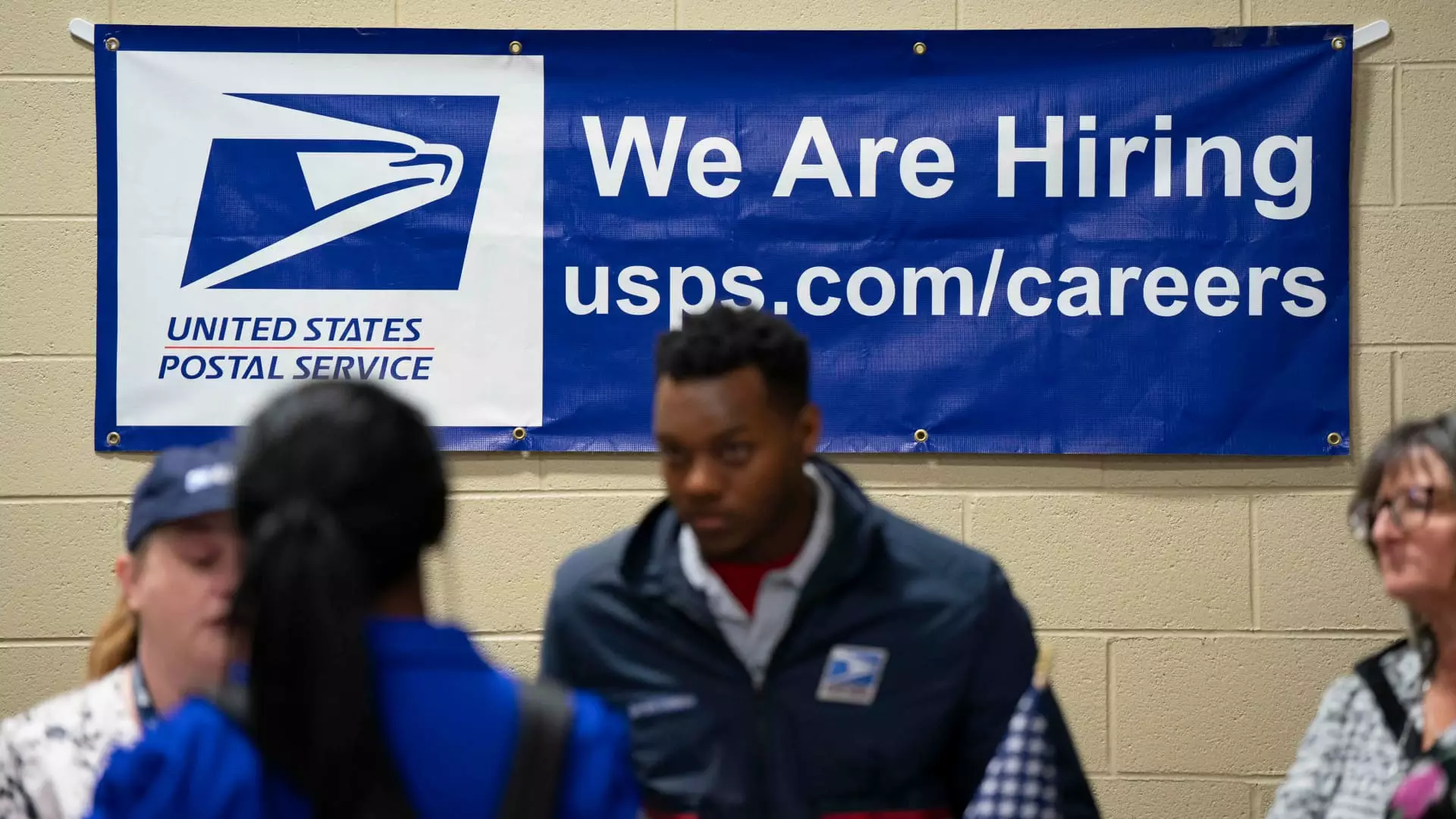May’s employment report, released by the Bureau of Labor Statistics, reflects a labor market that, while seemingly robust, bears significant undercurrents of tension and uncertainty. The addition of 139,000 nonfarm payroll jobs, surpassing the Dow Jones estimate, might initially appear positive, but closer scrutiny reveals a mixed narrative. With the unemployment rate steady at 4.2%, and broader measures of labor participation holding at 7.8%, the report embodies the paradox of growth alongside potential vulnerabilities. So, how reassuring is this data when interpreted through the lens of today’s economic climate?
Consumer and Corporate Sentiment: A Glass Half Empty
The immediate response to May’s job growth was a perceived market optimism, with stock futures and Treasury yields climbing. However, are we merely celebrating the illusion of stability? The employment gains primarily stemmed from healthcare and hospitality sectors, two industries that are often characterized by volatility and lower job security. Notably, government jobs plummeted by 22,000, a stark reminder of the often-overlooked repercussions of governmental efficiency drives, led in part by the Trump administration. This slashing of federal posts raises questions about long-term job security and public service capacity.
Consumer confidence falters in the shadow of mounting tariffs and trade tensions. Companies and households alike are bracing for what many speculate could be an economic downturn. While the numbers appear strong, sentiment surveys reveal a disquieted populace, gripped by anxiety over inflation and its potential impact on their day-to-day lives. We must interrogate whether these job numbers encapsulate a genuine economic health narrative or merely mask deeper systemic issues.
Understanding the Contradictions: Surveys and Revisions
Despite the optimistic headline figures, underlying discrepancies between the establishment and household surveys indicate an unsettling reality. The household survey reported a significant loss of nearly 700,000 workers, including a staggering decline of over 600,000 full-time positions. Part-time employment may have seen a slight uptick, but this trend often signifies a labor market that is either struggling to provide full-time opportunities or failing to create them altogether. This growing divide raises crucial questions about the quality of jobs being created in the economy.
Revisions to previous months’ job counts reveal downward adjustments, suggesting that the labor market’s strength may not be as unwavering as it appears. The loss of 30,000 jobs in April, paired with an even more dramatic downward revision of March figures by 65,000, paints a picture of a labor market grappling with the fallout from external economic pressures. Investors may cheer short-term gains, but the fundamentals reflect a labor market teetering on the edge of something far less favorable.
Economic Headwinds: The Tariff Dilemma
President Trump’s trade policies and the looming tariffs have infused a layer of complexity into the economic equation. While policymakers have stated that the economy is a far cry from recession, the cumulative effect of tariffs may soon take their toll. Businesses find themselves weighing the costs of increased operational expenses against the backdrop of uncertain consumer demand. Can such external pressures continue to be absorbed by an already strained labor market? As companies pull back on hiring or rethink expansion strategies, the impacts may indeed manifest more conspicuously as the year progresses.
The Federal Reserve’s cautious approach reflects an understanding of the delicate balance at play. With its next policy meeting looming, the Fed’s reluctance to adjust interest rates emphasizes the precariousness of the current economic situation. Policymakers appear to be acutely aware of the potential for tariff-induced inflation, a reality that positions them as brokers in a game of economic chess with unpredictable outcomes.
A Call for Mindful Reflections
In interpreting the job market’s resilience in the face of economic headwinds, it becomes imperative to embrace a nuanced perspective. Optimism should not overshadow the material challenges that persist. While May’s job growth suggests a level of stability, it is critical to recognize the fragility inherent in these developments. The labor market is reacting to external pressures; thus, understanding the multi-faceted nature of this environment will allow for more informed discussions about our economic future. Adaptive, center-left solutions must consider not only job creation but also job quality and security, demanding a labor market that can withstand future shocks and bolster consumer confidence amid uncertainty.


Leave a Reply